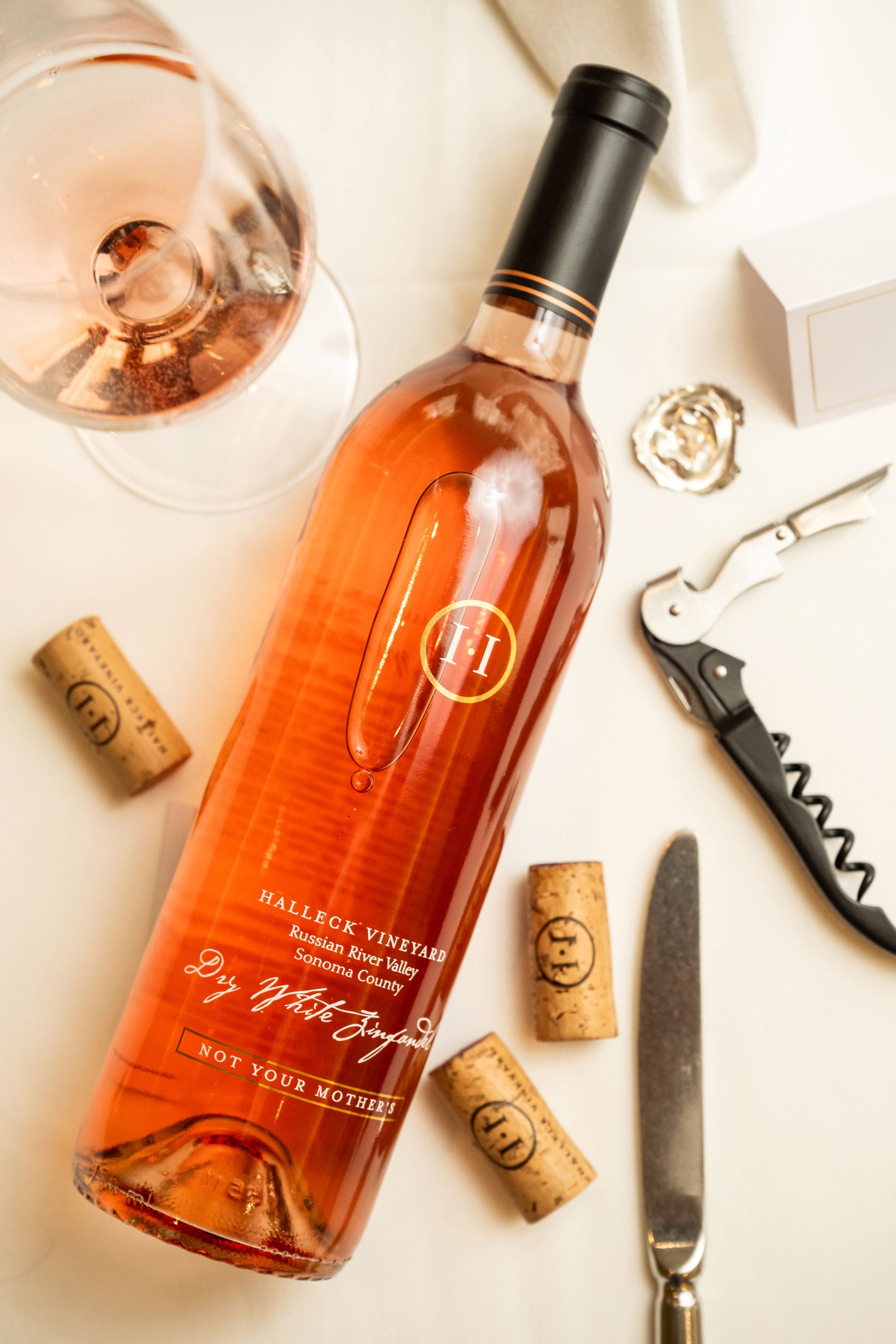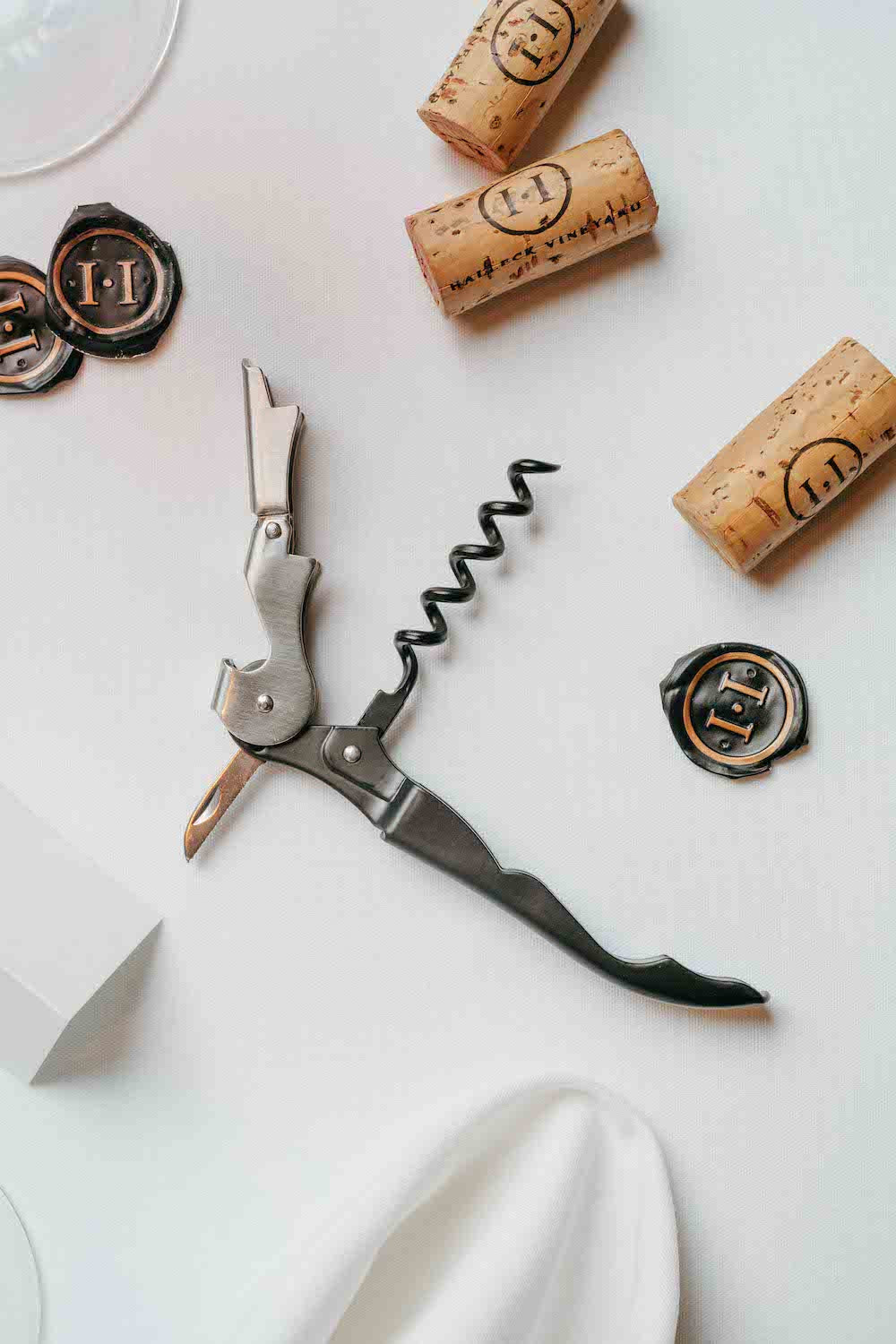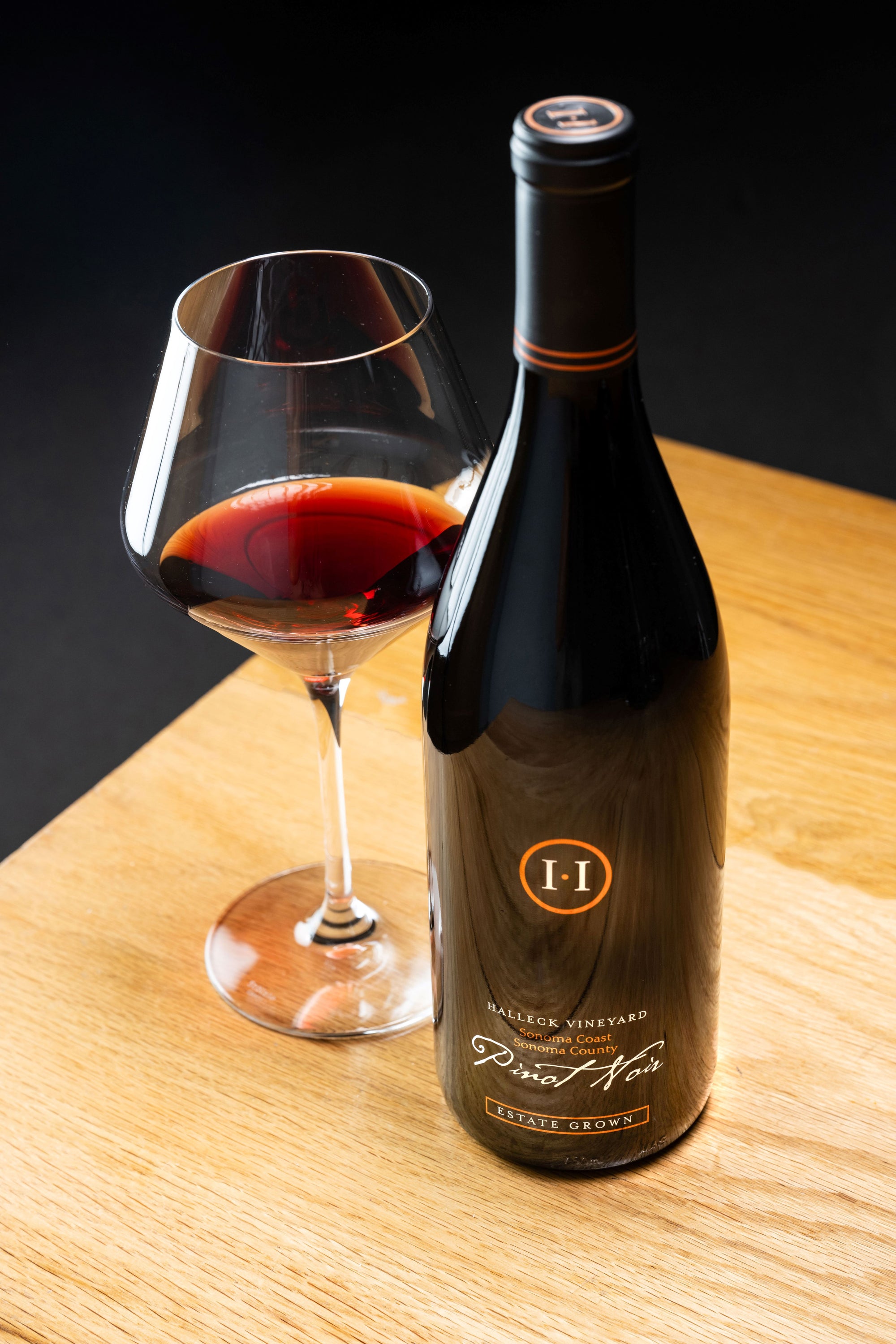Wineries Providing Guided Vineyard Walks - Best Wineries In Sonoma For A Wine Experience
Wineries Providing Guided Vineyard Walks - Best Wineries In Sonoma For A Wine Experience
Blog Article
Wineries Located Near Russian River Valley - Sonoma County's Best Wine Experiences
Wine tasting is an art that combines sensory experience with an appreciation for the nuances of different varietals. How to judge flavors in winery wine tasting periods is pivotal to greedy the complexities of wine.
Partaking in a wine tasting includes more than simply sipping and savoring. It requires a focused method to identify aromas and flavors that each wine presents. As you start, observe the wine's look, noting its colour and readability. These visual cues typically counsel a wine’s age, grape variety, and even potential flavor profiles.
The subsequent step in the tasting process is to swirl the wine in your glass. This action releases fragrant compounds which might be vital for evaluation. Lean in and take a second to inhale deeply; the aromas can vary from floral and fruity to spicy and earthy. The nostril of the wine is simply as important because the palate, and recognizing scents plays a major position in understanding the general experience.
When taking your first sip, allow the wine to move throughout your palate - Spectacular Vineyard Views In Sonoma. Discover the preliminary flavors that current themselves. Is the wine fruity, floral, or perhaps herbaceous? This initial taste provides insight into what the wine is likely to specific as you continue to judge it. The mouthfeel additionally contributes to the general flavor experience; it can be silky, tannic, or even effervescent.
Wineries With Scenic Views - Luxury Wine Tasting In Sonoma County
As you continue tasting, take note of the wine’s steadiness. A well-balanced wine will harmonize acidity, sweetness, and tannins. If one part overwhelms the others, it would point out a less fascinating quality. Evaluating steadiness might help you identify how properly the wine might pair with food.
Transitioning to the end, consider how the flavors evolve because the wine lingers in your palate. A long, nice end can indicate a high-quality wine, while a brief or abrupt end would possibly counsel in any other case. Mirror on whether or not the flavors stay constant or if new notes emerge as the wine settles. This development can reveal complexities and intricacies that may not have been apparent within the preliminary tasting.
Temperature is also a vital think about evaluating wine flavors. Different forms of wine are optimally loved at particular temperatures. White wines often shine when chilled, whereas purple wines typically carry out greatest at room temperature. When tasting, make certain the wine is on the applicable temperature to completely respect its character.
Charming Wineries Offering Wine And Food Pairings - Family-Owned Wineries In Sonoma
Pairing food with wine can tremendously enhance the tasting experience. Meals can influence the perception of flavors in wine, either highlighting certain traits or diminishing them. When evaluating flavors, contemplate how the wine interacts with different foods, noticing which flavors are amplified or muted (Best Wineries For Sunset Views In Sebastopol).

Think About the affect of terroir as you have interaction in a winery tasting. Terroir encompasses the unique environmental elements that have an effect on grape growing, including soil composition, local weather, and geography. Understanding a wine's terroir can present insight into its flavors and aromas, fostering a deeper appreciation for the alternatives made throughout its cultivation and production.
Schooling performs a basic role in enhancing one's capacity to gauge wine flavors. Learning about grape varieties, wine regions, and production strategies can pave the method in which for more informed judgments during tastings. Moreover, attending workshops or classes can refine sensory skills and broaden your flavor vocabulary, enabling you to articulate tasting notes extra successfully.

Lastly, it is essential to remember that evaluating wine flavors is a highly personal experience. Individual preferences and perceptions will invariably form one’s tasting journey. Enjoyment should be on the forefront, with the evaluation process appearing as a software to boost understanding and appreciation rather than create inflexible pointers.
Wineries Near Highway 12 - The Beauty Of Sebastopol Wineries
In conclusion, mastering how to evaluate flavors in winery wine tasting sessions entails a mixture of sensory engagement, knowledge, and practice. By learning to identify aromas, assess the steadiness, and appreciate the intricacies of flavor, wine enthusiasts can deepen their connection to every bottle they encounter. As with any art type, the extra one redirected here immerses themselves in the experience, the more they may discover and benefit from the huge world of wine.
- Begin by observing the wine's shade and readability, as these visual elements can hint at its flavor profile and getting older potential.
- Swirl the wine gently in your glass; this releases aromatic compounds, allowing you to higher determine the advanced scents associated with the wine.
- Take a deep inhale earlier than tasting, specializing in each major and secondary aromas to assemble insights on fruits, spices, and other nuances.
- When tasting, enable the wine to coat your palate; note the initial flavors, the mid-palate complexity, and the finish as these stages can provide completely different flavor highlights.
- Pay attention to texture and mouthfeel, as elements similar to tannin ranges, acidity, and sweetness contribute considerably to the overall tasting experience.
- Examine flavors against standard wine characteristics; for purple wines, contemplate berry notes, oak influence, and herbal tones, whereas whites may embrace citrus, stone fruits, and floral hints.
- Take notes through the tasting session to trace your impressions, helping you to remember and consider the totally different wines sampled.
- Talk About your findings with fellow tasters or winery workers, as sharing insights can improve understanding and appreciation of individual flavors.
- Enable time for the wine to breathe; sometimes, flavors evolve and reveal new dimensions after being exposed to air.
- Experiment with food pairings during the tasting as they will dramatically alter how flavors are perceived, influencing overall enjoyment.undefinedWhat should I look for when evaluating the aroma of wine during a tasting?
Start by swirling the wine in your glass to launch its aromas. Deliver the glass to your nose and take a deep breath. Pay attention to the first scents you detect, as these are often essentially the most prominent. Look for fruit, floral, herbal, or earthy notes and attempt to determine specific traits, which will deepen your understanding of the wine's complexity.
Wineries Pairing Wine With Chocolate - Sonoma Wineries With Vineyard Views
How can I distinguish between different flavor profiles in wine?
Understand that flavor profiles are often categorized as fruit, floral, herbaceous, spicy, or mineral. Take small sips and permit the wine to coat your palate. Discover the first flavors that emerge first and the refined notes that comply with. This layering is important in distinguishing the wine's characteristics and will assist you to recognize its distinctive profile.
Wineries With Outdoor Seating - Vineyard Tasting Events In Sonoma County
What is the importance of the wine's texture in a tasting?

The texture of the wine, also referred to as mouthfeel, performs a crucial role in how we perceive flavors. Pay attention as to whether the wine feels clean, creamy, or gritty. The body of the wine (light, medium, or full) can enhance or distinction with flavors, offering a more rounded experience during tasting.
How do I assess the stability of flavors in wine?
Steadiness in wine refers back to the harmony between acidity, sweetness, tannin, and alcohol. Take a second to assess whether or not these components complement or interfere with one another. A well-balanced wine may have none of its components overpowering the others, creating a pleasing tasting experience.
Wineries With Sustainable Practices - Sonoma Wine Retreats
What position does temperature play in evaluating wine flavors?
Temperature can significantly impact the notion of flavors. Typically, red wines are greatest served slightly under room temperature, while white wines get pleasure from being chilled. As the temperature modifications, the aromas and flavors can shift, permitting you to understand completely different traits. It’s essential to style wine at its optimum temperature for true analysis.
Wine Tasting Trails In Sonoma Valley - Wine Tasting And Vineyards In Sonoma
How can I improve my tasting skills over time?
Practice is vital to bettering your tasting skills. Off The Beaten Path Wineries In Sonoma. Attend tastings, hold a journal of your experiences, and discover various varieties of wines to broaden your palate. Additionally, learning about wine production and grape varieties can present context that enhances your analysis process, making you a more informed taster.
Is there a selected order in which I should style the wines?
Exclusive Wine Clubs In Sonoma - Enjoying The Best Wineries In Sebastopol
Sure, it’s advisable to style wines from light you can look here to full-bodied and dry to sweet. This progression prevents the stronger flavors from overshadowing the more delicate ones, permitting you to totally recognize every wine's traits and nuances without palate fatigue.
How can I consider the aftertaste of wine?
Romantic Winery Destinations In Sebastopol - Enjoying Wine Tastings And Vineyards Near Sebastopol
The aftertaste, or finish, is a crucial side of the wine-tasting experience. After swallowing, pay attention to how long the flavors linger in your palate and whether or not they change. A long, pleasant finish is commonly an indicator of a high-quality wine, whereas a short or unpleasant end might recommend otherwise.
Why is it necessary to notice the wine’s acidity during tasting?
Acidity contributes to the overall freshness and structure of the wine. Pay attention to the tingling sensation in your tongue; greater acidity can enhance the wine's liveliness and balance out sweetness. Noting acidity helps decide the wine's versatility with food and its getting older potential.
What ought to I do if I struggle to establish specific flavors in wine?
Wineries Offering Elegant Wine Tastings - Wineries Near Sebastopol For Tasting
Struggling to identify flavors is widespread, especially for novices. Focus on broader categories and describe what you can recognize, such as candy or earthy notes. With practice, studying about totally different flavor profiles, and maybe using flavor wheels, you will refine your senses and develop a more nuanced method to tasting. Report this page